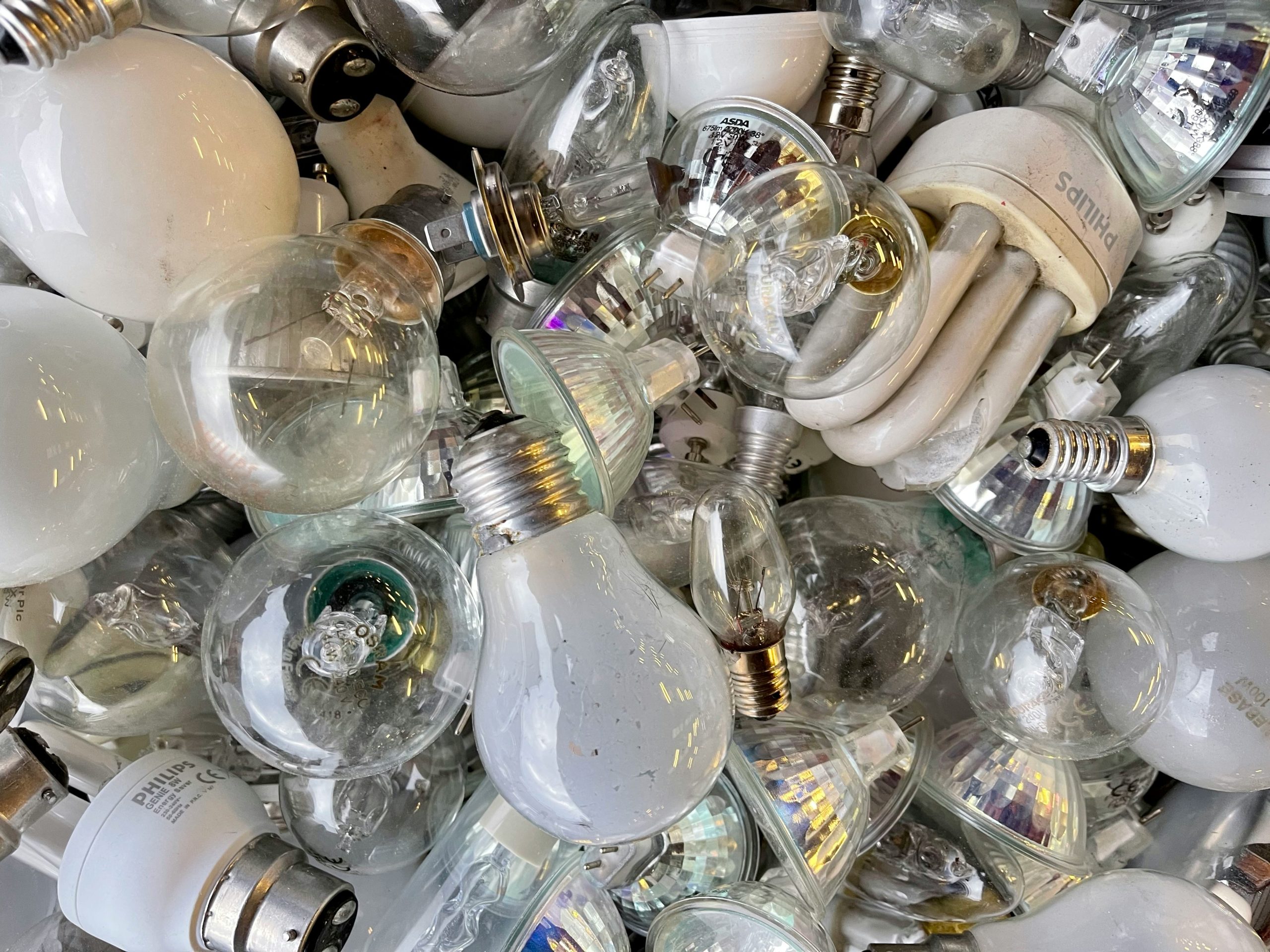How Healthcare is Working Towards a Greener Future

Article submitted by Florian Pivit, Managing Director, GLOBES Elektronik GmbH & Co KG – a Milexia company
Healthcare is following other sectors in striving in the direction of a more environmentally sustainable future. This quest for a greener approach is taking a multitude of forms, not least dialling down the use of harmful substances. That means, for example, increased use of lead-free solder and deployment of UV-light for disinfection to cut the need for chemical cleaning products. The role of potentially hazardous substances in radiotherapy is being modified by proton particle accelerators which can deliver radiation directly over a tumour while protecting healthy surrounding tissue.
Smart sensors and real-time monitoring systems offer another way to create efficiencies and reduce waste. They can ensure that cooling chains for medications are better managed, can detect exposure to harmful contamination, and improve equipment maintenance cycles. Sensors are able to track devices and substances to ensure they are not misplaced, misused or disposed in an unsafe manner. Advances like these are based on technology that is easy to deploy, inexpensive to acquire and commonly available, replacing other technologies that demand more energy and more complex biochemical processes, all helping to decrease medicine’s environmental impact.
Information is everything
Information and communication technologies (ICT) are also having a radical green impact, for example in the field of hazardous waste management and recycling. Many parties are involved in the medical technology value chain, from suppliers, hospitals and doctors to patients and waste management companies. Seamless documentation and exchange of data is crucial for monitoring the complete lifecycle of a medical product. It is important to have ICT that spans different platforms, is secure, and cannot be altered, guarding for example against changes being made to the manufacturing dates of perishable products.
Healthcare is benefitting from some innovative and powerful innovations, in areas like blockchain and encryption. Blockchain technology helps ensure the integrity of data by controlling who has access to it and who has added to or altered it, when and where.
Cloud-based healthcare is proving vital for the reliable transfer and sharing of data across multiple locations and providers, allowing care teams to coordinate on patient care and Digital Imaging and Communications in Medicine (DICM) studies. AI applications coupled with cloud computing can support the delivery of high-quality personalised care in increasingly sustainable ways by reducing waste and inefficiency. Encrypted data stored virtually is easy to anonymise and can be used for optimising treatment practices and use of hospital resources.
Advanced supply management and forecasting is another important area in the greening of healthcare. It allows the pinpointing of specific medications based on data from hospitals and doctors, helping to predict events like the coronavirus pandemic and flu outbreaks. The prediction of seasonal events can be improved in this way.
AI – integral to tomorrow’s healthcare
AI is already integral to health applications like image processing and pattern recognition in the analysis of tomographic and MRI data, helping detect anomalies that might go otherwise undetected even by an experienced medical professional. It is also great for predictive modelling and can be used to monitor medical equipment and medication, ensuring supplies do not go to waste, saving the need to dispose of them at added cost.
The use of digital twins allows companies to monitor and predict the performance of components and complex systems throughout their lifecycle. Digital twins are virtual representations of a specific aspect of healthcare, such as a medical device, patient or healthcare process. They are being used to monitor ecosystems and processes, which can then help forecast and eliminate waste.
When it comes to patient data, digital twinning provides invaluable insights into the workings of genes, cells and body organ systems, aligning with a patient’s data to create personalised medication, forecast the results of particular surgery and control chronic illness. Human insight and expertise should, ideally, work hand in hand with AI for the best results, helping increase the efficiency of medical staff, reduce misdiagnosis and reduce cost.
Where green healthcare goes from here
What of the future? It is likely that the healthcare industry will embrace technology as part of initiatives to support an increasingly aging population, especially in the EU. Developing resilient, sustainable and efficient health systems requires a data-driven approach, so we can expect to see further fusion of AI and cloud technology as a key enabler of this vision.
This year will see focussed research and investment into the viability of 3D-printed organs for transplant using biological tissue taken from a patient’s body. Valued at over 1.7 billion USD already, this market is set to double in value by 2030. 3D printing will also have a major impact on healthcare in the form of personalised implants, prosthetics, and surgical devices. The COVID-19 pandemic had a significant impact on mental health, and there is a growing recognition of the need for better mental health care. This is likely to lead to increased investment in mental health tech startups in Europe in 2024.
Technology is helping to improve clinical outcomes and take some of the environmental impact out of healthcare, and this trend will continue in new and creative ways.



